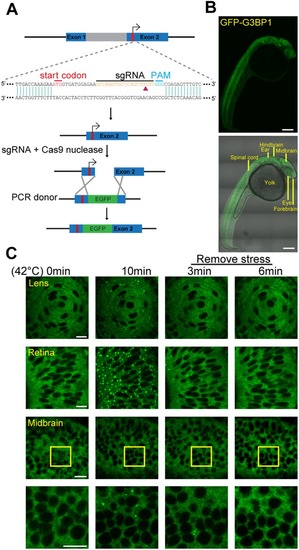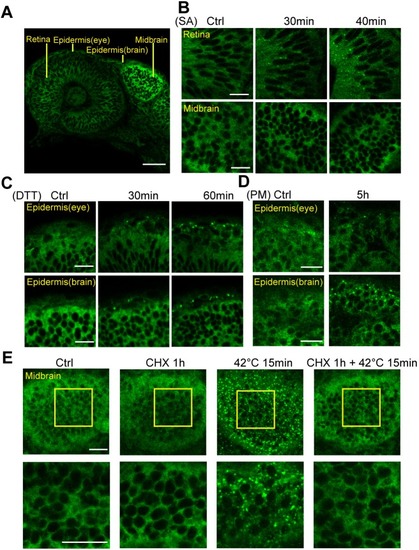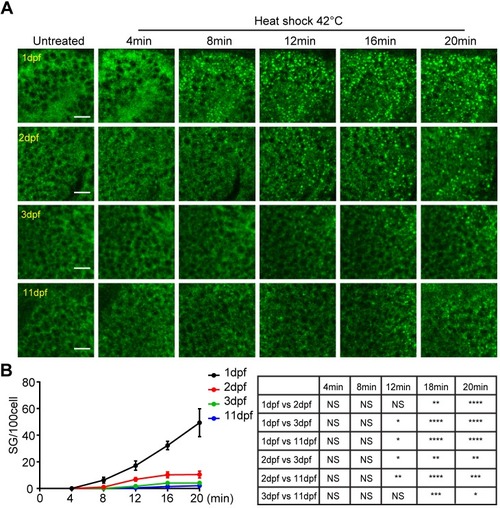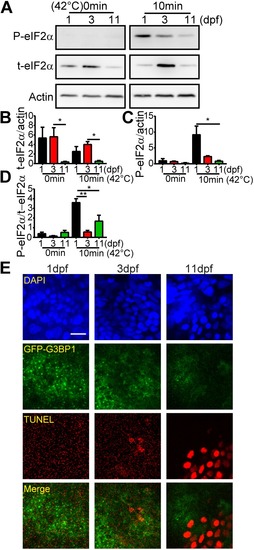- Title
-
Heat resilience in embryonic zebrafish revealed by an in vivo stress granule reporter
- Authors
- Wang, R., Zhang, H., Du, J., Xu, J.
- Source
- Full text @ J. Cell Sci.
|
EXPRESSION / LABELING:
|
|
PHENOTYPE:
|
|
PHENOTYPE:
|
|
|
|
|
|
|






